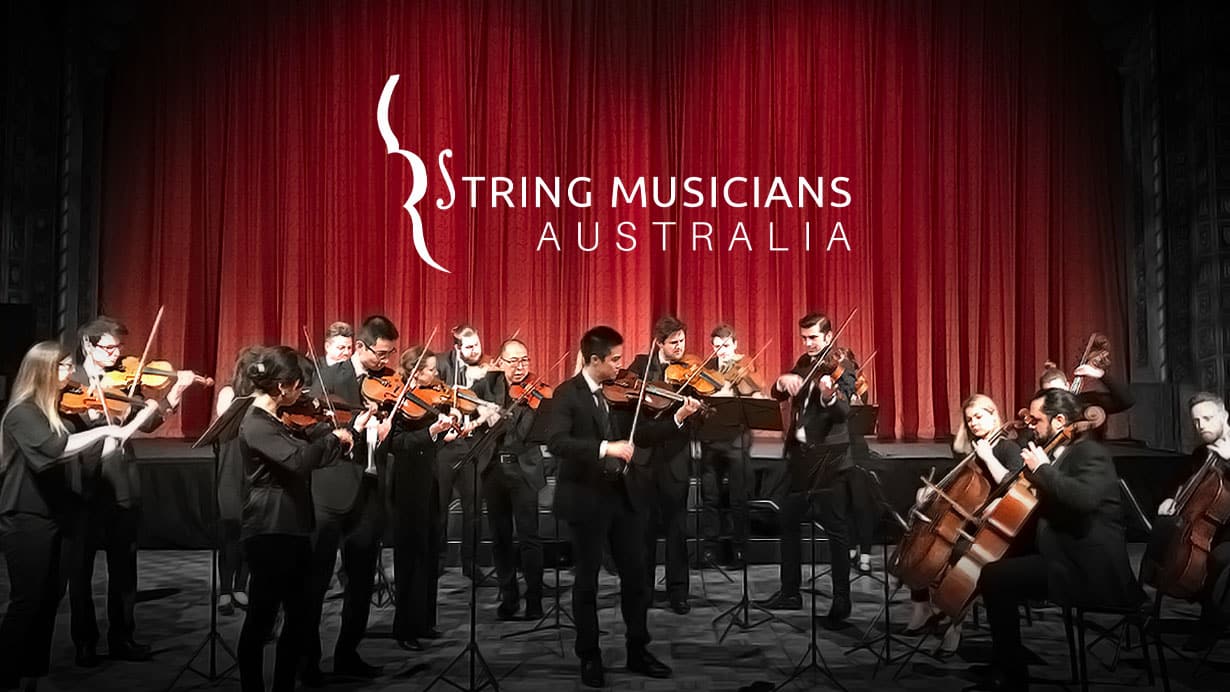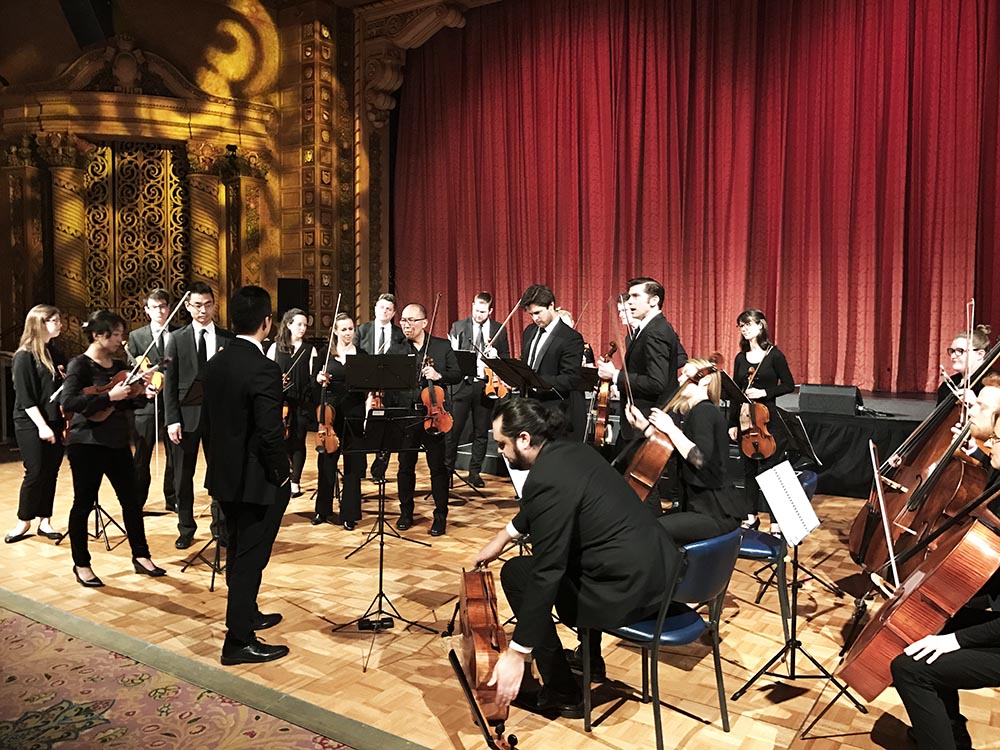Orchestral Etiquette for Violinists
Orchestral etiquette is so important, yet rarely discussed.
Here are some tips to improve your social situation.
Here are some tips to improve your social situation.
Preparation for the 1st rehearsal
- Ensure you have practised your part prior to the 1st rehearsal. If this requires you to request a practice part at least a week before, then do so.
- If possible, listen to a recording of the music while studying your part. This will give you a better understanding of the music and how all parts fit together.
- If you’re unsure of any markings or symbols on your part, be sure to research the meanings prior to the 1st rehearsal.
- If you’re unprepared, your desk partner and other musicians around you will certainly notice and it may effect your reputation negatively.
Warm-up etiquette
- If you wish to warm up loudly or with solo repertoire, use a private practice room.
- If you’re warming up around others, do it quietly and avoid practising solo repertoire, otherwise you may come across as showing off.
- Do not warm up in the Green Room. This is where tea and coffee is served during the break, and where musicians socialise.
Social Etiquette
- Be seated at least five minutes prior to the start time. You must be seated for the tuning, which will usually occur on time. If you’re warming up, do it quietly and don’t practise concerto repertoire. If you must, do it quietly so no one else can hear you.
- When tuning, tune quietly and stop when finished. Long, slow bows are ideal. Do not chat or warm-up during the tuning process.
- If you haven’t met your desk partner, introduce yourself. Accompany this with a smile and a firm handshake. If there’s an opportunity, turn around to the desk behind you and greet them as well. You are part of a team and establishing good rapport. It is not your responsibility to greet the desk in front of you. If they’re experienced, they will turn around at some point and acknowledge you, just as you have done with the desk behind you.
- If you’re sharing a music stand, make sure it’s a good height for both of you. Discuss this with your desk partner so you’re both happy. You may have to compromise a little. If the stand is too low, you may have to look up too much to see the leader and/or conductor. You want to be able to read your music and see the leader and/or conductor with minimal eye and head movement. However, if your stand is too high, it may obstruct the view for the desks behind you. If you’re the front desk, don’t place your stand too high, as the other section leaders need to see you and your instrument clearly in order to communicate and follow you.
- Use a 2B pencil rather than an HB or 2H, as these are often too faint to read, especially on certain types of paper.
- If the repertoire requires the use of a mute, ensure you have your mute at the start of every rehearsal and performance.
- Don’t place pencils or erasers in front of the music, which makes page turning difficult. Place your stationery out of the way or on the floor if necessary.
- Don’t chat to your desk partner if the conductor and/or leader of your section is discussing the music. In general, only the music should be discussed during a rehearsal. Use the break time to socialise. However, if your desk partner is being sociable with you during the rehearsal but quietly and at appropriate times, and is not disrupting the rehearsal or your concentration, it’s good to be sociable with them as well, rather than telling them to be quiet. It’s important to have a balance between enjoying the rehearsal and being productive.
- Take care of your personal hygiene. It is unpleasant to sit near someone who has bad breath or body odour. You don’t want to be notorious for smelling unpleasant and not be invited back. If you’re unsure, ask someone for feedback and be open to criticism.
- Do not point to other people with your bow or finger. Use an open hand instead.
- At the conclusion of the rehearsal or when it’s break time, smile and thank your desk partner.
- If you’d like to take the stand music home to practise, ask your desk partner first as they may also want to take the music.

SECTION Etiquette
- If you’re the leader and you have information to share, inform the conductor so that they can give you space to speak. Ensure you speak loudly enough for your entire section to hear. If you can’t find a good time to speak to your entire section, you can also pass the information to the stand behind you, and request them to pass the information back.
- It is the obligation of the desk in front of you to pass back any information from the leader or conductor that may not have been heard by everyone. If they don’t, request the information at an appropriate time. Once you receive the information, mark it in your part if applicable and pass on the information to the desk behind you. If there is a desk in your section beside you as well, ensure they receive the information too. If there isn’t time to pass back the information immediately, pass it on when there is more time to speak and be heard.
- Do not talk if the leader or conductor is giving information to your section.
- If you heard the information from the leader or conductor, but don’t think the stand behind you did, turn around and check-in with them.
- When passing on information to other players in your section, ensure it is done quietly and promptly.
- Only your section leader should speak directly to the conductor. If any other player has a question, they should ask their leader if they’re in close proximity. Otherwise, they should quietly ask their stand partner or desk in front for clarification.
- If you’re a few desks behind the leader and have a question about the music, look at the music in front of your stand, and see if they have anything marked in that is helpful. If not, ask the desk in front of you. Don’t ask a question just before everyone is about to start playing. Timing is very important.
Responsibilities as an inside player
- If you’re seated on the left of your shared music stand, it’s traditionally your duty to mark in all bowings, dynamics, tempos and any important information in your part. For this reason, you must always be aware of any changes made by the front desk or the desk in front of you. If someone in front of you marks their part, have a glance to see if you need to add something in your part as well. You may stop playing during the rehearsal to do this. Sometimes the desk in front of you may have a different bowing than the front stand, and may not have noticed. It is therefore important to be able to see the bowing directions of the front desk as much as possible while playing.
- Inside players are required to turn all pages during rehearsals and concerts, and should be done with ample time so outside players can continue to play without interruption. If you need to remind yourself to turn the page earlier, write VS near the bottom of the page. This is Italian for ‘Volti Subito’ and means ‘Turn Quickly’. This is commonly done in professional orchestras.
- When turning pages, be aware of the sound it makes. If the music is quiet at that time, be sure to turn the page quietly. If the music is loud, then you may turn quickly without worrying about being too audible.
- If turning a page with rests at the bottom of the page, ensure the outside player has seen how many bars rest there are, otherwise they won’t know how many bars to count. If you need to turn quickly, ensure the number of bars rest are written at the top left of the next page, so that the outside player knows how many bars rest there are on the previous page.
- As an inside player, it is your responsibility to ensure your bow remains out of the way of the outside player. Position yourself so that your bow goes nowhere near the outside player’s violin scroll. This usually happens at the tip of the bow on the G string. It can be very frustrating for an outside player when an inside player has their bow close to their violin. Even if the inside player knows he/she won’t hit their violin scroll, it’s better to be courteous and redirect their bow entirely by repositioning their torso.
Responsibilities as an OUTSIDE player
- As an outside player, it is your responsibility to ensure your violin scroll does not block the music for the inside player. Position yourself so you’re not obstructing their view, and ensure you’re not sitting too close to the music stand.
- Though it is tradition for inside players to mark the parts and to page turn, a good outside player will help the inside player almost 50% of the time by taking initiative to make markings in the part as well as turning pages when not playing. Therefore, it is also important that the outisde player is aware of the desks in front and any markings made and needed to be copied. If the inside player misses something, it is then the responsibility of the outside player to copy the marking in. An appreciative inside player will thank their stand partner for picking up on this.
- On the other hand, if you become too nice and take the initiative to mark things in too often, your inside desk partner may take this opportunity to relax and not make further markings. There needs to be a fair balance.
Responsibilities WHILE PLAYING
- All section players should be able to see their leader. It is important to watch them to see which part of the bow they’re using, and to use the same part of the bow. If the leader is using a particular bow stroke, this should also be noted and copied by all players in the section. It is also important to be able to see the leader’s bow changes, for those times in the music when it is more difficult to play in unison.
- Always listen to your desk partner and aim to blend your sound. If a passage is difficult and you may fumble, don’t play loudly.
- Don’t rush! Rushing is one of the worst attributes an orchestral musician can possess, as it distracts other musicians around you and demonstrates that you’re not listening to the section as a whole, and only to yourself. Orchestral playing is about teamwork, listening to everyone else and blending your sound.
- When counting beats, don’t tap your foot or make it obvious that you’re counting, otherwise you may distract others. Instead, use your big toe inside your shoe to tap the beat.
- During a rehearsal, if the conductor stops beating, ensure you stop playing immediately. Don’t be the last person to be playing while everyone else has stopped.
- If you have rests, you must keep counting. Don’t rely on your leader or conductor to count for you. Even if you’re the last player in the section, you should still be counting all rests, unless you have cues in your part, which will prevent you from missing your next entry.

Writing in parts
- Ensure your writing is neat, clear and not too large.
- Instead of crossing out or marking over previous markings, use your eraser to keep the part tidy.
- All dynamics are to be marked under the stave.
- All tempo markings are to be marked above the stave. This includes rits & accels.
- These two above rules should only be broken if there is inadequate space to mark these. In which case you can then write dynamics above and tempos below, but try to avoid this.
- When writing in fingerings, outside players mark their fingerings above the notes, and inside players mark their fingerings underneath the notes.
- Don’t write too many fingerings into your part as it can distract your stand partner. If unsure, just ask them. Or better yet, spend more time practising your part so you don’t need so many fingerings written in.
- If you have stopped playing to mark your part, ensure you don’t block your stand partner’s view of the music while writing. Either position your hand so it’s not blocking the music, or wait until a more suitable time.
PERFORMANCE ETIQUETTE
- In performance, if you’re seated on the inside, it’s your responsibility to turn all pages.
- When standing for applause, turn to face the audience.
- If you’re required to bow to the audience, ensure you bow in time with the other performers. Stand with your feet together & don’t move your head sideways at anytime during the bow. Smile and acknowledge the audience.
- When standing for applause, outside players should be mindful of their desk partner and possibly move slightly so that their desk partner can be seen by the audience.
- At the end of a performance, if standing, follow the leader and sit down when they do.
- At the end of a performance and after the applause has diminished, please thank your desk partner and shake their hand.
Quick reactions during performance
- If your leader makes a mistake with an incorrect bowing, it is not your responsibility to copy them. There are too many players in the section who would then also have to copy the leader’s mistake with a split-second reaction. Since not all players will pick up on this, and not at the same time either, there will be many bows in different directions, and this is much worse than just the section leader with the opposite bowing. The leader should rectify thier mistake very quickly anyway.
- If your leader forgets an entry after rests, you should only play if you’re 100% certain that you’re correct. If you’re not, then watch the front desk like a hawk.
- If the conductor cues your entry incorrectly, do not follow them. If you’re 100% certain that you’re correct, then enter at the correct time. If you’re not sure, then follow your front desk.
- If your leader breaks a string during performance, they’ll need another violin immediately. It becomes the responsibility of the player behind the leader to swap violins, and for that player to walk offstage and replace the string quickly and efficiently. Alternatively, the player behind the leader can then swap with the last player of the section, so that he/she can continue to play as well, while the last player in the section replaces the string offstage. This would be a good procedure if there are solos coming up for the principal violinist (violinist seated behind the leader). The player who left the stage to change the string should not return to the stage until the conclusion of the movement or piece.
Extra useful information
- Do not touch other musicians instruments or instrument cases without their permission. Some musicians get quite offended if you even touch their case to make room for your’s next to theirs.
- Do not place your instrument case on a chair or sofa. Other musicians may want to sit down and some will be irritated if your case is in the way.
Have some advice to add?
If you have some advice to add about orchestra etiquette, please contact us as we’d love to hear from you.

